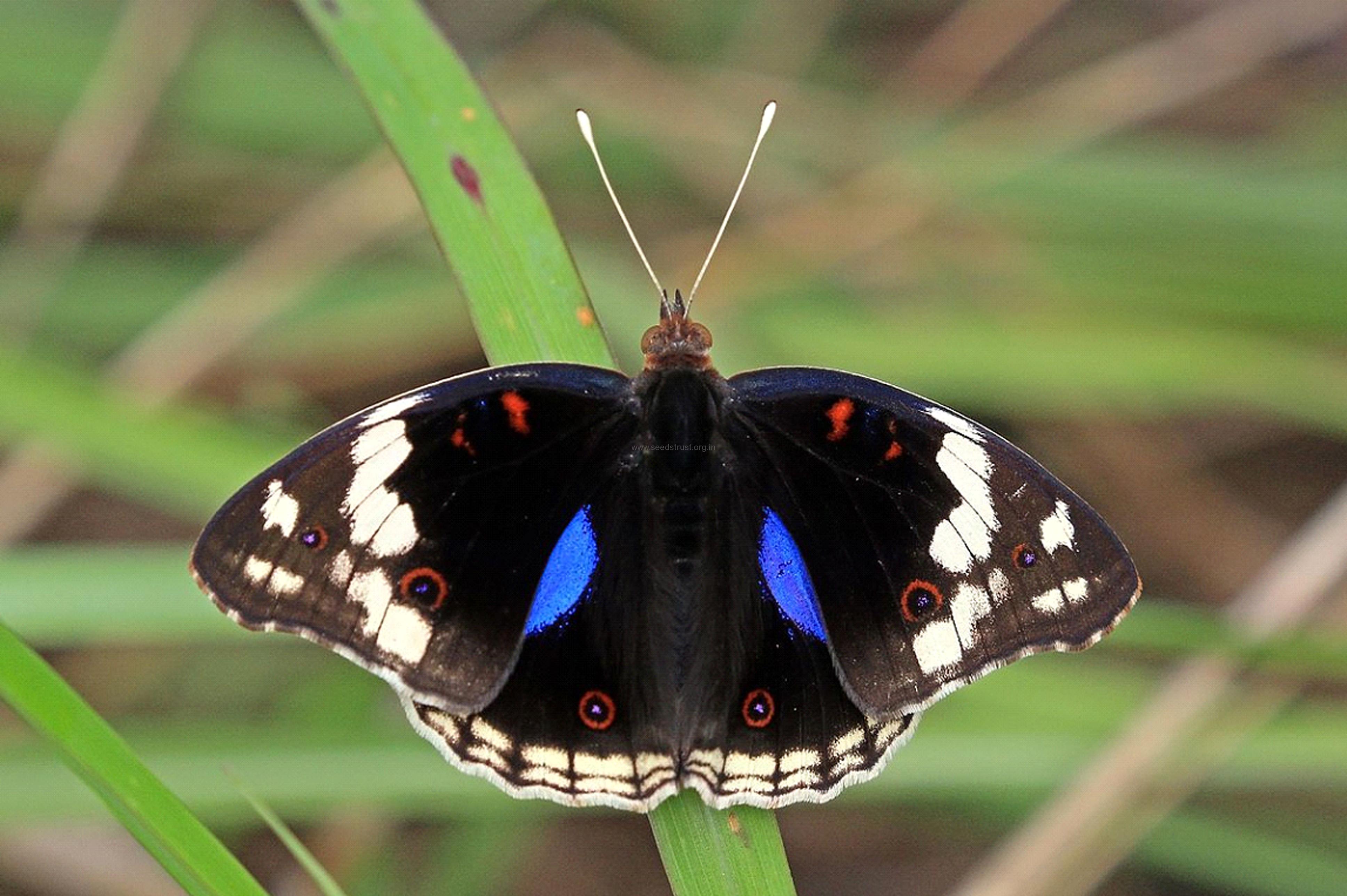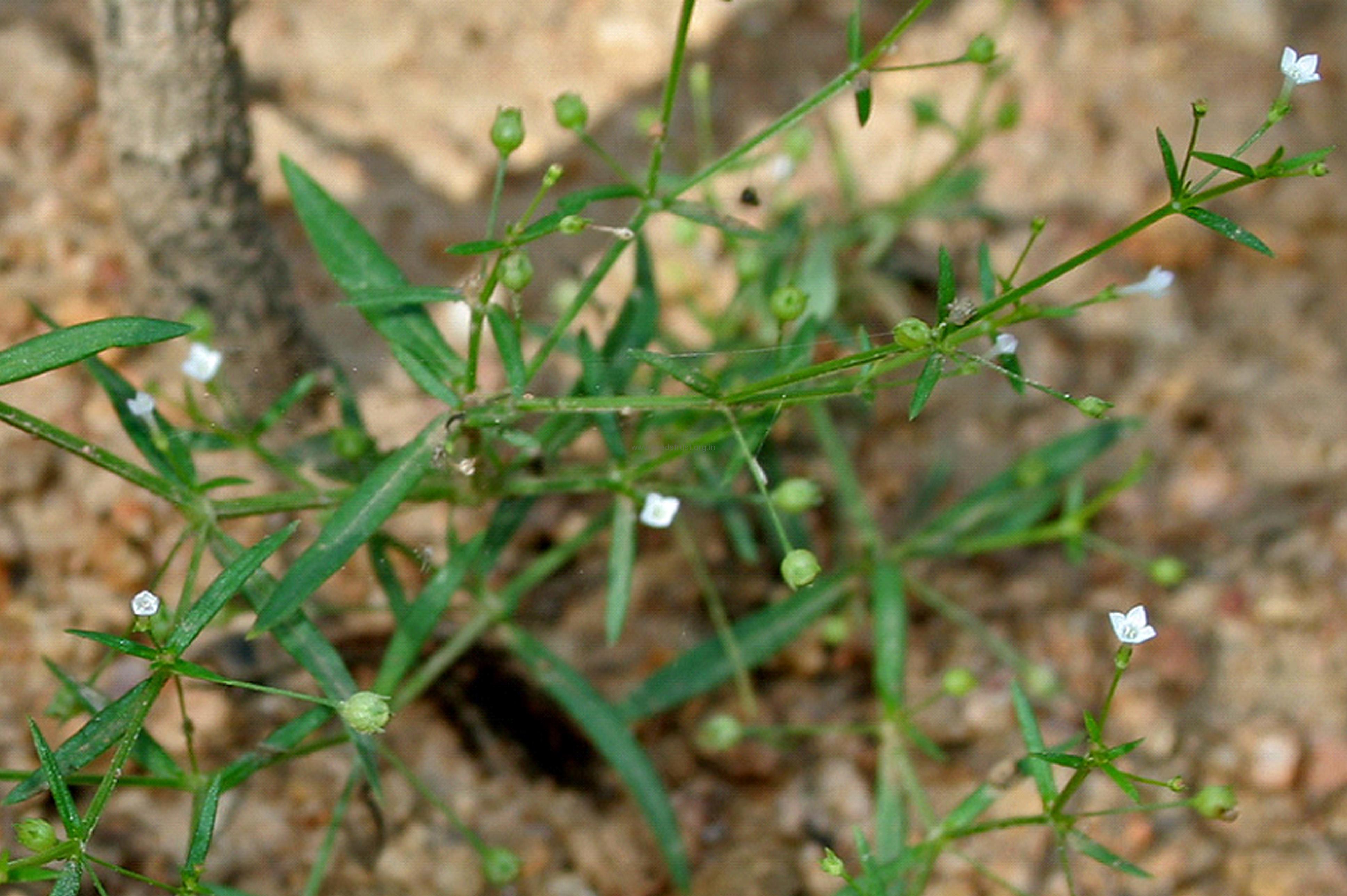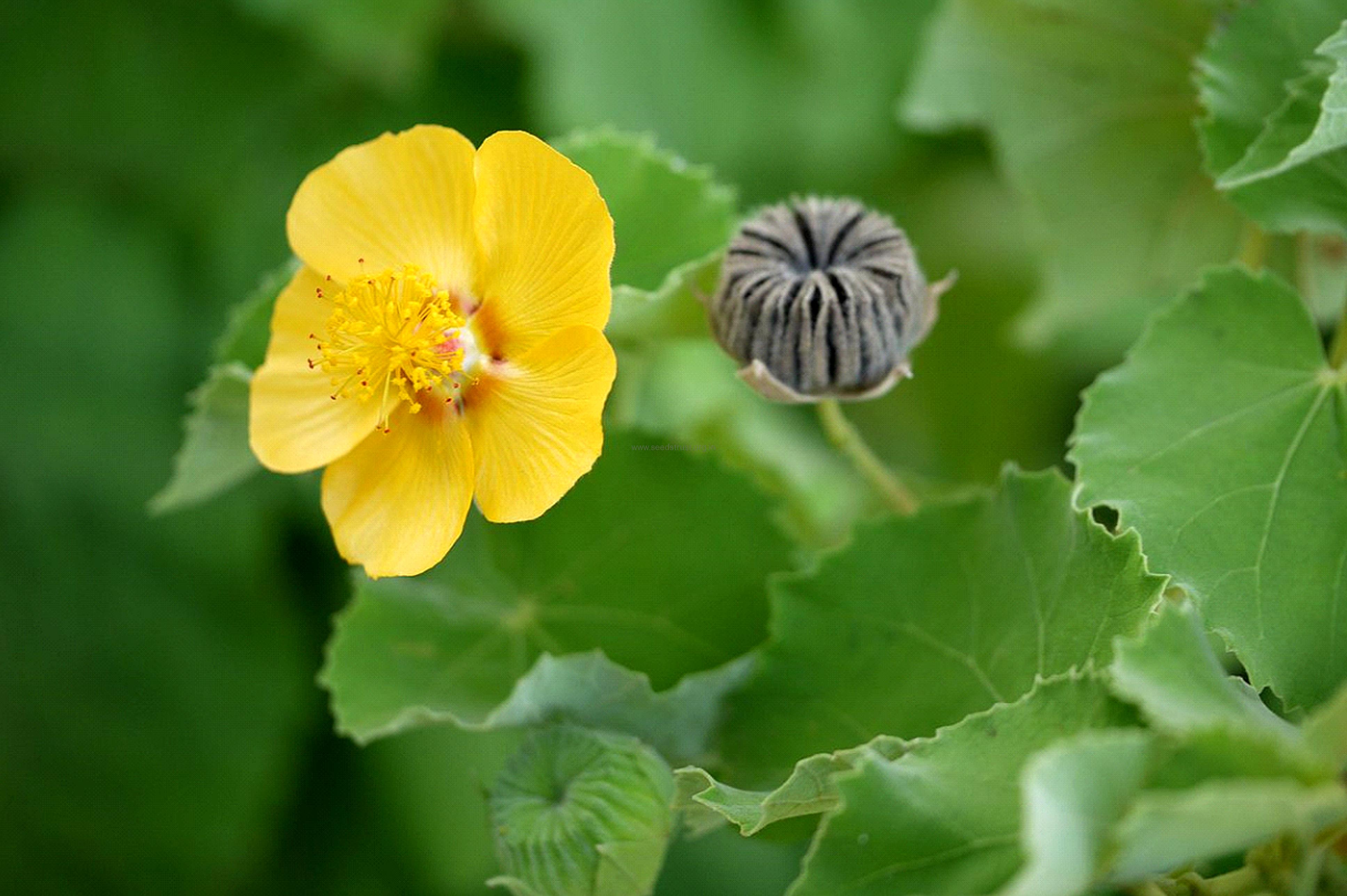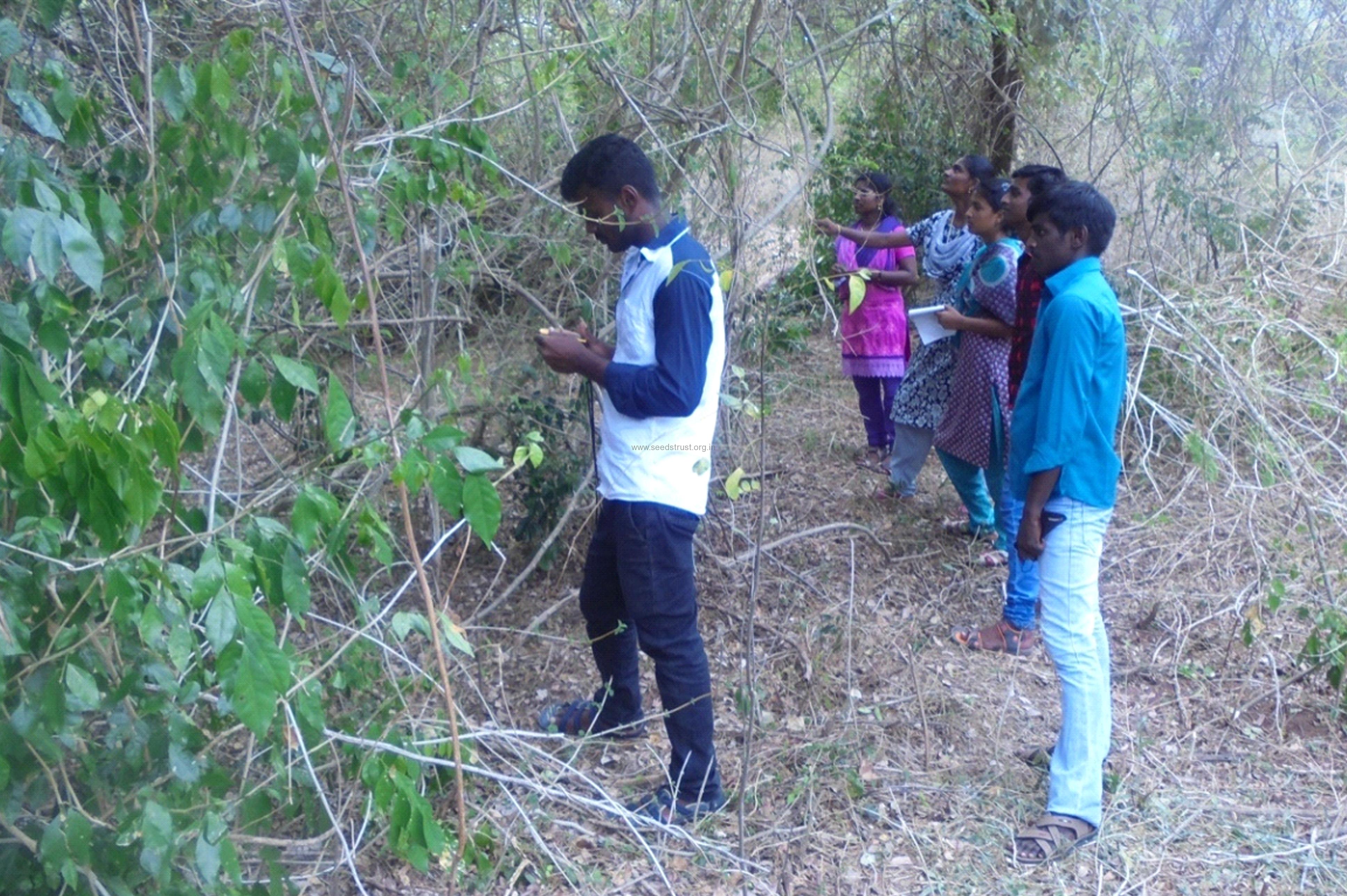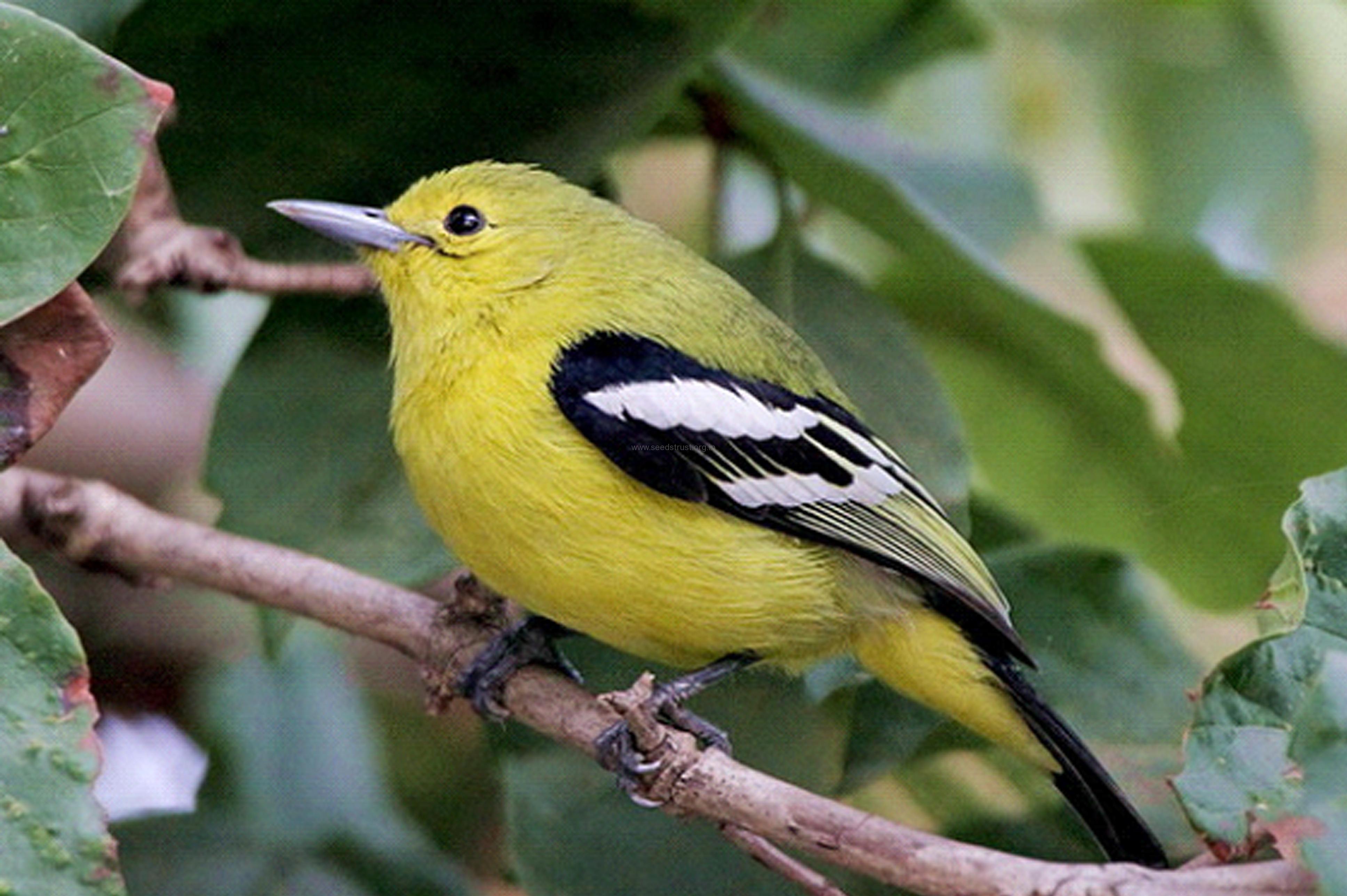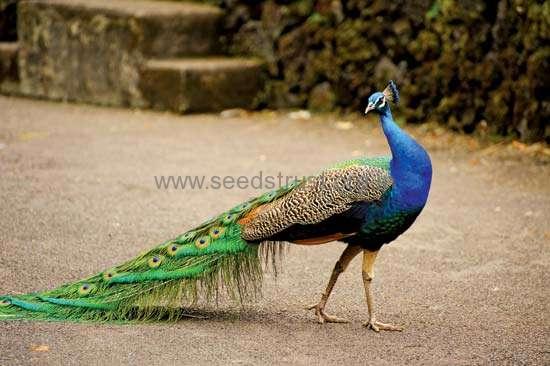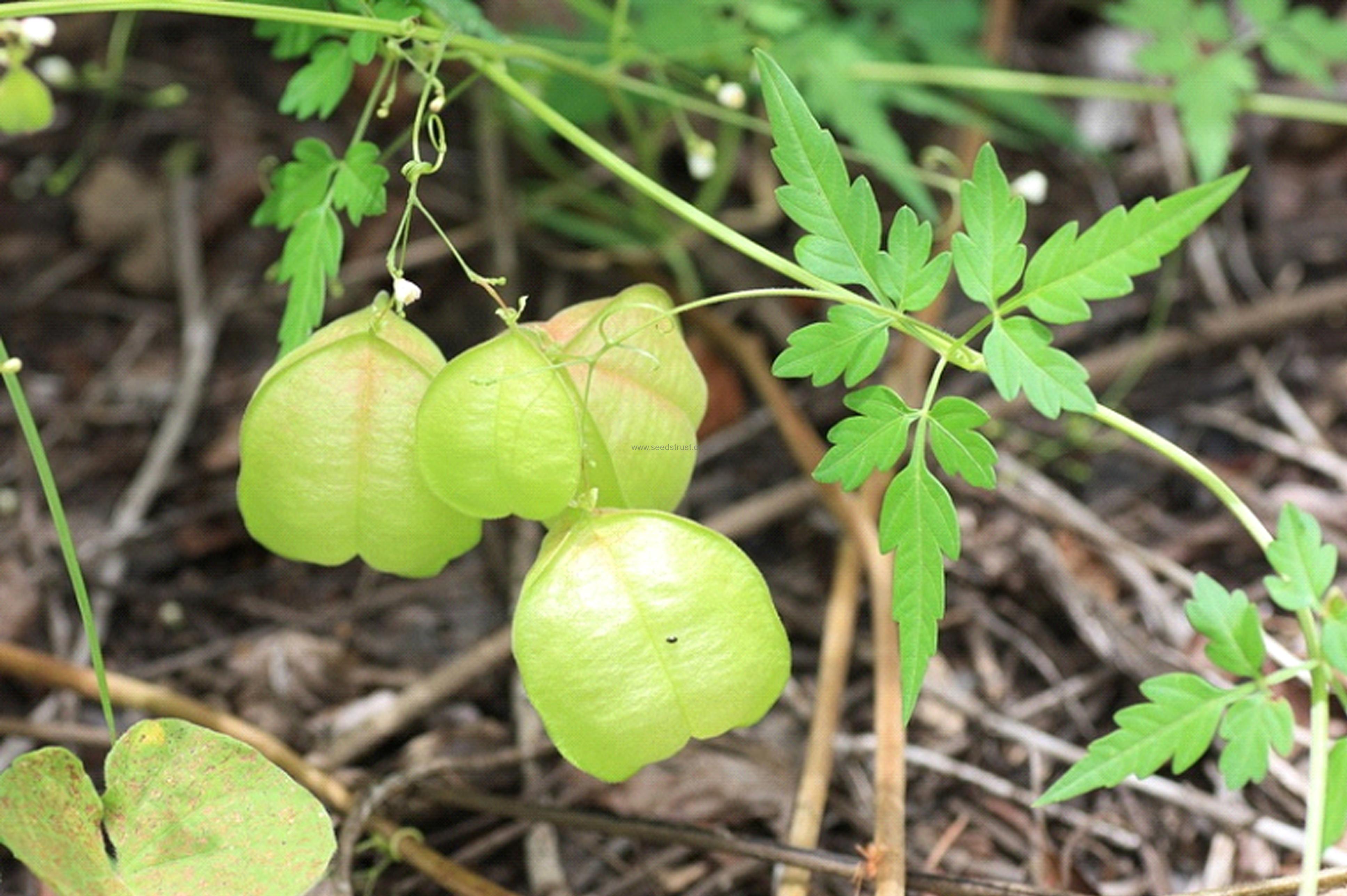A STUDY ON MONITORING BIO-DIVERSITY AND IMPACTS IN CRITICAL HABITATS AFTER REMOVAL OF INVASIVE SPECIES (LANTANA CAMARA.L) IN DINDIGUL FOREST DIVISION AND KODAIKANAL WILDLIFE SANCTUARY
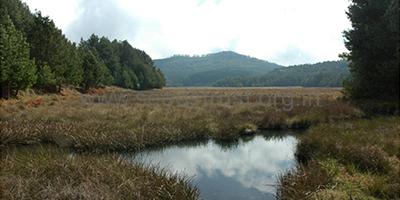
Project duration: 2013 – 14 to 2023-24
Introduction
The Dindigul, Karur Forest Divisions & Kodaikanal Wild life sanctuary is a part of the eastern spur of the Western Ghats & Eastern Ghats excluding Dindigul & Karur revenue districts. The area which is recognized as one of the hot spot of the world is spreading over this area in continuation of Western Ghats & Eastern Ghats by its richness in biological diversity. There are many rivers like Vaigai, Nanganji, Kodaganar, ShanmugaNadi and Nallathangal stream and other perennial streams originating from the Reserved Forests of this Division. Many irrigation dams have come up across these streams for water harvesting.
Methodology
⦁ Baseline Survey of Biodiversity in Critical Habitats prior to the removal of Alien Species .
⦁ Bio diversity Assessment – Flora / Fauna
⦁ Comparison of data on Flora, Fauna & Soil
⦁ Discussions
The monitoring sample plots were studied. Lantana camara was present in all plots and had a highest frequency than any other species and showed high relative abundance also. Chromolaena also present in various plots. We have observed more than 100 species of different saplings from all monitoredranges. All of them face serious threat from Lantana. Similarly the diversity of herbs and shrubs were increased while there was a decrease in Lantana density. This clearly indicates that the high density of Lantana had negative influence on the establishment of the tree saplings, shrubs and herbs.
From the study of base line survey and monitoring survey after the removal of Lantana for the past two years, we observed that uprooting of Lantana and other weeds helps in the regeneration of RET and other native species. Some native/RET species grow gradually, some native/RET species grow slowly; its only happens after the removal of Lantana. We observed that many butterflies, birds and honeybees population increase after the Lantana removal.
Hence, manual removal of Lantana and other weeds is the only way to save the Dindigul & Karur revenue district forests. Monitoring and maintenance plays a major role in eradication of Lantana in future.
Carnivore Leopard Cat found rarely in this area after the removal of Invasive but not seen single sign in sample plots. Hope using both direct and indirect methods in future may show slightly increase in population. Pugmarks, Scat, Dung found in some of Peripheral areas. This shows the prey in the Lantana removed area records a complete food chain. Asian elephants, Indian Gaur, Sambar Deer, were very common in this area, because of availability of grasses and herbaceous vegetation.
This report shows the increase in avian fauna. During the baseline survey only 2 species found wherein the first year monitoring we saw 3 species, but 8 in the present stage. It shows the growth of vegetation in the ecosystem.
During the second year monitoring, the population increase is recorded in the sample plots. Indian fritillary, Leaf blue, Swallow tail, Plai tiger,were the common species found all over the removed area. This shows many flowering plants again regenerated in monitoring area.
The reptile and amphibians species were low recorded in direct count. Forest torrent frog very commonly seen in Lantana removed area is not in sample plot. Moreover there is chance of population in future with the dense vegetation of native species. No direct evidence of snakes in this area. Moreover there is chance of population increase in future with the dense vegetation of native species. Amphibians and reptiles’ diversity may be due to vast spread invasion of Lantana in natural forest which cannot provide suitable micro habitats for the sensitive amphibian and reptile species. The exotic weeds Lantana invaded into native forests and caused serious threats to wild animals. Its invasion depletes the natural vegetation which reduces foraging ground to the herbivores. On the other hand the noxious nature of the weeds would also affect healthy and longevity of herbivores. Hence proper maintenance needed in every year as a result. We completely controlled exotics and increased both floral and faunal biodiversity.
